Press materials are now available for NUTRITION 2023, the annual flagship meeting of the American Society for Nutrition (ASN).
Tag: Climate
Meet the world’s 1st outdoor sweating, breathing and walking manikin
In the coming decades, every region in the U.S. is expected to experience higher temperatures and more intense heat waves. Thousands of people around the country die from heat-related illnesses each year, and in Maricopa County alone in 2022 there were 425 heat-related fatalities, a 25% increase from the previous year. ASU researchers aim to better understand heat stress on the human body and what makes hot weather so deadly using ANDI the world’s 1st outdoor sweating, breathing and walking manikin.
World registers hottest day ever recorded; what’s to come?
Randy Cerveny, the keeper of the world’s records of weather for the World Meteorological Organization (WMO) and a President’s Professor in ASU’s School of Geographical Sciences and Urban Planning shares insights about trends of extreme heat, the consequences of record-breaking temperatures and what the future may look like if current trends aren’t stalled or reversed.
Air Force Weather-funded research aims to improve predictability of extreme weather
As extreme weather devastates communities worldwide, scientists are using modeling and simulation to understand how climate change impacts the frequency and intensity of these events. Although long-term climate projections and models are important, they are less helpful for short-term prediction of extreme weather that may rapidly displace thousands of people or require emergency aid.
Prioritizing Equity and Inclusion in Carbon Removal Policy
Carbon Removal Justice Fellows Program at American University is a first-of-its-kind initiative to educate early career professionals and scientists in the social dimensions of policy for carbon removal
Less Rain in Town, More Rain on the Farm: the Effects of Urbanization and Irrigation on Mid-Atlantic Summer Precipitation
Researchers investigated how large-scale urbanization and irrigation in the United States affect the three dominant types of summer precipitation in the mid-Atlantic region. They found that urbanization suppresses all three types of precipitation. Irrigation enhances non-convective and isolated deep convection precipitation, and its effects on mesoscale convective systems (MCS) depends on whether an MCS formed locally or remotely.
Mountains Vulnerable to Extreme Rain from Climate Change
A new study by Lab scientists finds that as rising global temperatures shift snow to rain, mountains across the Northern Hemisphere will be hotspots for extreme rainfall events that could trigger floods and landslides – potentially impacting a quarter of the world’s population.
Climate change could lead to “widespread chaos” for insect communities
New research from Binghamton University, State University of New York explores how a warming world could impact ecosystems and derail the development of new species.
New Research Suggests Wheat Crops May Be Threatened by Unprecedented Heat and Drought
A recent study led by a researcher at the Friedman School of Nutrition Science and Policy at Tufts University found that the likelihood of extreme temperatures that could affect crop yields has increased significantly in wheat-producing regions of the U.S. and China.
New report finds that carbon capture and storage in California can concurrently serve local communities, the environment and the economy
A new report co-authored by George Peridas of the Lawrence Livermore National Laboratory (LLNL) and Benjamin Grove of the Clean Air Task Force examines the economic viability of carbon capture and storage (CCS) projects in California and finds that several classes of projects are viable today.
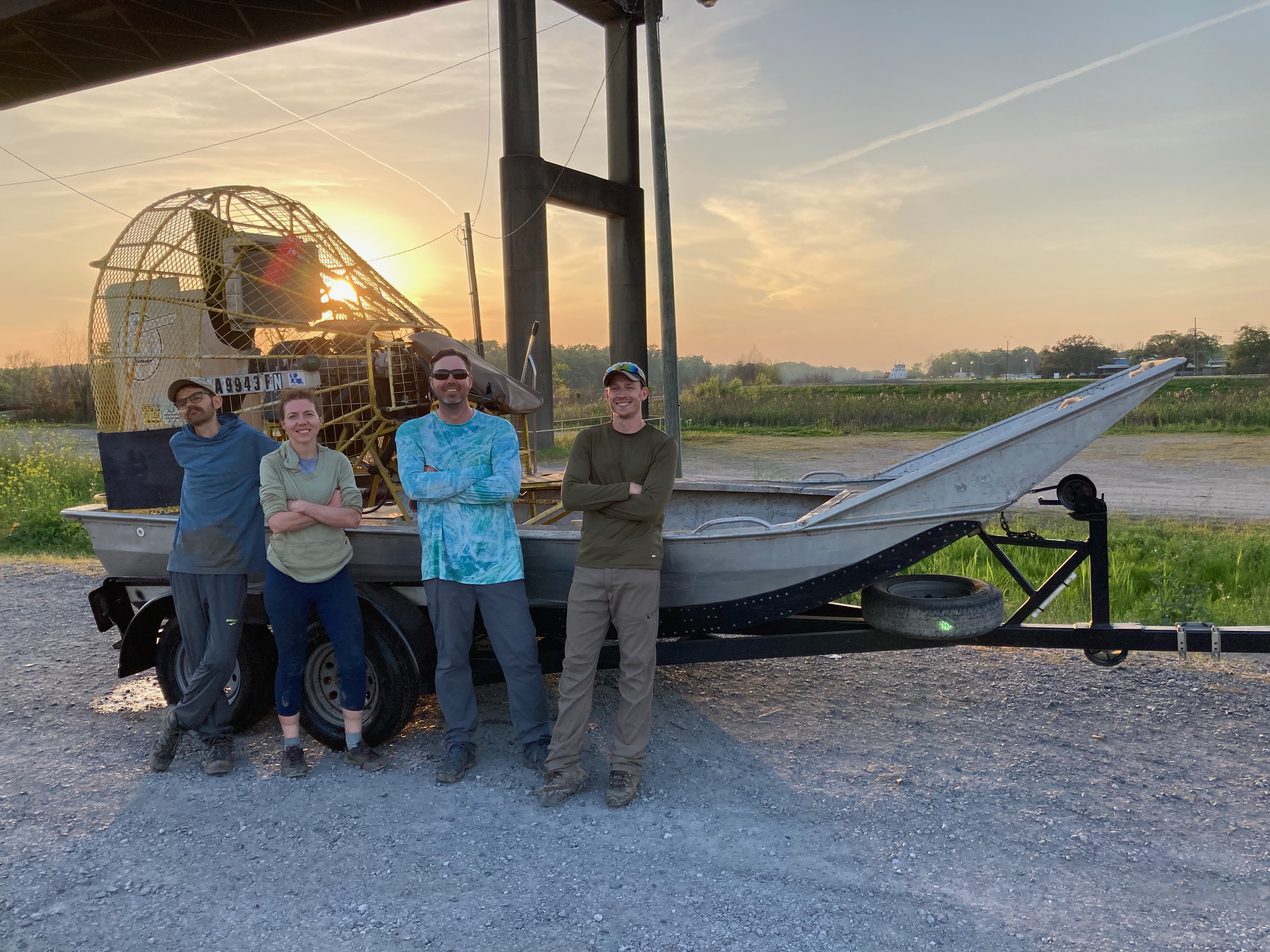
Firsthand fieldwork: ORNL scientists establish monitoring in at-risk coastal ecosystem
As a biogeochemist at the Department of Energy’s Oak Ridge National Laboratory, Matthew Berens studies how carbon, nutrients and minerals move through water and soil. In this firsthand account, Berens describes recent fieldwork in Louisiana with colleagues to better understand coastal ecosystems.
Expert available to discuss new report that puts globe on course for breaching benchmark high temperature
A new report from the World Meteorological Organization (WMO) shows that the world’s average temperature could breach a record 1.5 Celsius of warming compared to pre-Industrial Revolution levels. News reports call the WMO announcement a critical warning of an average world temperature limit in the face of climate. Researchers indicate the threshold could be broken as early as 2027.
UAlbany Experts Available to Speak on Earth Day Topics
ALBANY, N.Y. (April 19, 2023) – Saturday marks the tradition known as “Earth Day,” an annual event that promotes awareness about climate change and other environmental issues that threaten the health of our planet. First held on April 22, 1970,…
GW Expert Available to Discuss Youth Climate Activism During Earth Week
This week, people across the globe are organizing events around sustainability, green living and climate change to mark the annual celebration of Earth Day. Often leading the charge is young people, who one faculty expert at the George Washington University…
GW Experts Available: EPA Proposes Historic Auto Pollution Limits That Would Boost EV Sales
The Environmental Protection Agency announced Wednesday plans that would ensure two-thirds of new passenger cars and a quarter of new heavy trucks sold in the United States are all-electric by 2032. According to The New York Times, “if the two rules…
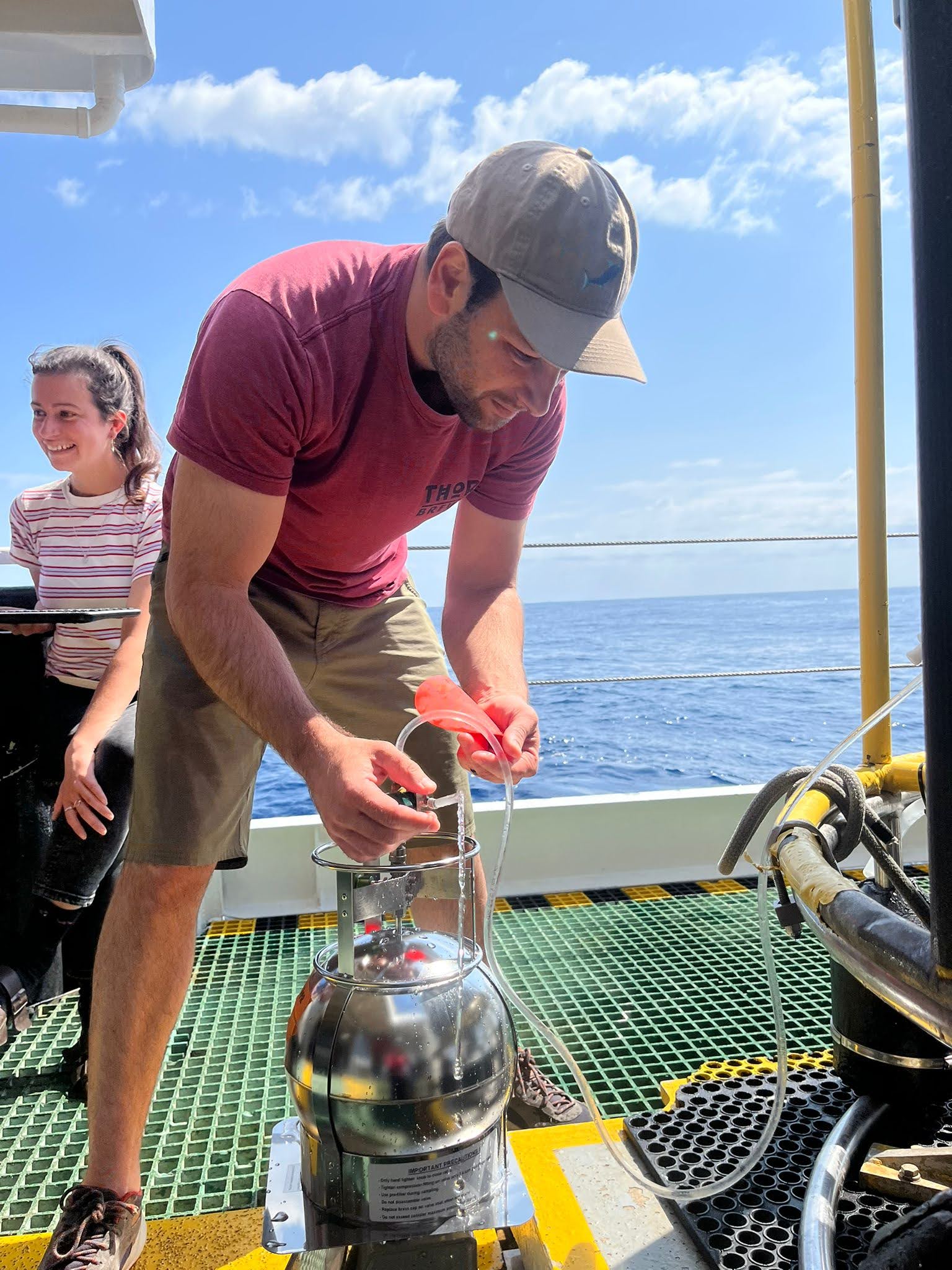
A Better Understanding of Gas Exchange Between the Atmosphere and Ocean Can Improve Global Climate Models
The injection of bubbles from waves breaking in turbulent and cold high-latitude regions of the high seas is an underappreciated way in which atmospheric gases are transported into the interior ocean. An improved mechanistic understanding of gas exchange in high latitudes is important for several reasons, including to better constrain climate models that are used to predict changes in the ocean inventory of key gases like oxygen and carbon dioxide.
The ‘missing puzzle piece’ to the American West’s water future: precipitation
An ongoing water crisis in the West has seven states struggling to agree on how to divide water from the Colorado River, leaving the federal government to forge a plan that will likely lead to litigation. Meanwhile, scientists are forecasting all-time…
In the Wake of a Wildfire, Embers of Change in Cognition and Brain Function Linger
Five years after the deadliest and most destructive wildfire in California history, UC San Diego researchers document persistent differences in cognitive function among survivors.
Climate change could cause “disaster” in the world’s oceans, say UC Irvine scientists
Irvine, Calif., Jan. 4, 2023 — Climate-driven heating of seawater is causing a slowdown of deep circulation patterns in the Atlantic and Southern oceans, according to University of California, Irvine Earth system scientists, and if this process continues, the ocean’s ability to remove carbon dioxide from the atmosphere will be severely limited, further exacerbating global warming.
High-Pressure Systems Favor Sea-Breeze Convection Over Southeastern Texas
In the summer, sea- and bay-breeze circulations are important drivers of the weather in southeastern Texas. This research used machine learning techniques to unpack how these circulations interact with larger-scale weather systems to affect how thunderstorms form in the Houston area. These insights are helping researchers focus their study of aerosol and cloud life cycle, aerosol-cloud interactions, and air quality during the TRACER field campaign in the Houston area in 2021 and 2022.
Department of Energy Announces $35 Million to Build Research Capacity, Infrastructure, and Expertise at Institutions Historically Underrepresented in Science
Today, the U.S. Department of Energy (DOE) announced $35 million to build research capacity, infrastructure, and expertise at institutions historically underrepresented in science, including minority serving institutions (MSIs) and emerging research institutions (ERIs). FAIR will enhance research at these institutions on clean energy, climate, and additional topics spanning the Office of Science portfolio. This investment will help develop a diverse, vibrant, and excellent scientific workforce and contribute to the science innovation ecosystem.

PPPL awarded more than $12 million to speed development of a fusion pilot plant
The U.S. Department of Energy has awarded PPPL funding of more than $12 million to work with laboratories around the world to accelerate the development of a pilot plant powered by the carbon-free fusion energy that drives the sun and stars and can counter climate change.
New center empowers climate storytellers across the communications landscape
USC Annenberg launched the Center for Climate Journalism and Communication to empower journalists and communications professionals to understand climate science, to capture its effects, particularly when felt disproportionately in under-resourced communities, and to drive action that preserves the health of our planet.
Johns Hopkins APL Releases First-Ever Global Estimates for Road Transportation Greenhouse Emissions Leveraging Artificial Intelligence and Satellite Images
APL scientists have leveraged the global coverage of satellite imagery and the strengths of machine learning to create the first automated approach for estimating greenhouse gas emissions from the road transportation sector.
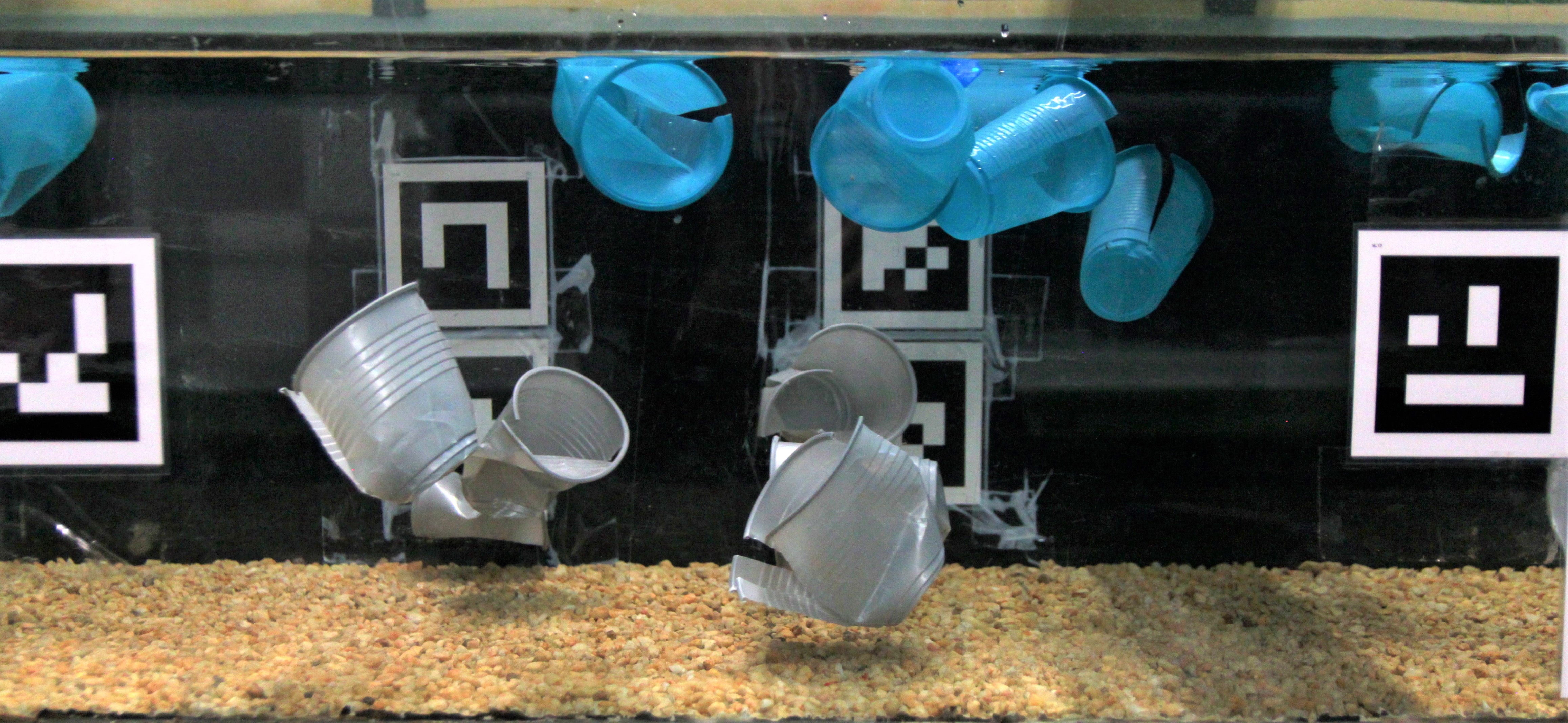
Blind spots in the monitoring of plastic waste
Whether in drinking water, food or even in the air: plastic is a global problem – and the full extent of this pollution may go beyond of what we know yet. Researchers at the Karlsruhe Institute of Technology (KIT), together with partners from the Netherlands and Australia, have reviewed conventional assumptions for the transport of plastic in rivers.
Electric buses can be ‘mobile batteries’, keeping lights on when power cuts
The Biden administration is awarding grants to school districts around the country, totaling about $1 billion, to purchase about 2500 electric school buses. The administration touts electrifying school buses as an important step for reducing emissions and pollution, but the…
On the Way Towards CO2-neutral Aviation
Within the KEROGREEN Project, Researchers Developed an Innovative Production Process for Sustainable Aviation Fuel and Built a Research Facility
Game Changers in Fighting Climate Change: Refuels Are Suitable for Everyday Use
Synthetic fuels produced from renewable sources, so-called refuels, are deemed potential game changers in fighting climate change. Refuels promise to reduce CO2 emissions by up to 90% compared to conventional fuels and they allow for the continued use of existing vehicle fleets with combustion engines and of the refueling infrastructure, from fuel production to transport to sales. Researchers of Karlsruhe Institute of Technology (KIT) carried out extensive fleet tests in a large-scale project with industry partners and proved that refuels can be used in all vehicles and produced in large quantities in the foreseeable future. The results of the research project “reFuels – Rethinking Fuels” were presented on Monday, September 19, in Karlsruhe.
UCI’s School of Education relaunches the Environmental and Climate Change and Literacy Projects
EVENT: The School of Education at the University of California, Irvine, will host a relaunch event for the Environmental and Climate Change Literacy Projects, a partnership between the University of California and California State University systems. The ECCLPs are focused on advancing pre-kindergarten to 12th grade environmental and climate change literacy, justice and action.
The first trees: Preserving ‘the world’s oldest forest’ in Upstate New York
Researchers from Binghamton University are working to preserve the world’s oldest forest, located in researchers from Binghamton UniversityCairo, N.Y.
UAlbany-led study finds exposure to sun, heat and humidity can exacerbate symptoms of mental disorders
New research links information on New York weather and hospital emergency department visits to assess how summer weather conditions impact people living with mental disorders. Findings can inform strategies to mitigate severe symptoms and improve patient care.
Project a model for community-based climate adaptation strategies
As part of the University of Miami multidisciplinary initiative, Hyperlocalism: Transforming the Paradigm for Climate Adaptation, residents from Homestead and Little River devised solutions to combat the effects of climate change in their communities.
GW Expert on EV Tax Credits as part of Inflation Reduction Act
The House is voting on the Inflation Reduction Act Friday, a sweeping bill on climate change, corporate taxes, healthcare, and more. Part of the measure includes electric vehicle tax credits, aimed to help low- and middle-income buyers but has come…
Climate deal promotes ‘car-centric’ system, falls short on transit
As senators gear up to vote on a long-anticipated climate, tax and energy bill as soon as this week, electric vehicles are poised for a boost. One of the landmark provisions in the package is an extension and expansion of…
What’s behind the heat wave in Europe?
Roads, railways, and utilities are at risk during the record-breaking temperatures. Even buildings, many of which lack air-conditioning, provide little relief, putting the health of people in danger. University of Miami experts address the torridness that is wreaking havoc on the area, especially the United Kingdom.
Climate Warming, Water Management Impacts on West Florida’s Continental Shelf
FAU’s Harbor Branch Oceanographic Institute and collaborator conducted a study that provides an assessment of the potential effects of climate warming and water management of the West Florida Shelf dynamics during two particular events that affect its hydrology through the lens of a very high-resolution model.
Nitrogen Footprint: Heavy Pollution and Resource Losses Due to Liquid Manure
Factory farming for meat production is harmful to the environment. In addition to its direct emissions of methane, its use of liquid manure releases climate-damaging nitrogen compounds such as ammonia and nitrous oxide into the atmosphere and pollutes the groundwater with nitrates. Researchers at the Karlsruhe Institute of Technology (KIT) have analyzed how the liquid manure produced by livestock farming, which is often used as fertilizer, affects its nitrogen footprint. They showed that the nitrogen pollution caused by liquid manure from the production of beef is three times higher than that for pork and eight times higher than that for poultry
Researchers pulled 700,000 years of glacial history from an Andean lakebed
Our understanding of the ice-age cycles has been limited by a lack of well-dated tropical records to understand the past of climate change. However, a core of mud from Lake Junín discovered by a team of researchers provides the first continuous and independently dated archive of tropical glaciation that reveals more than 700,000 years of glacial records.
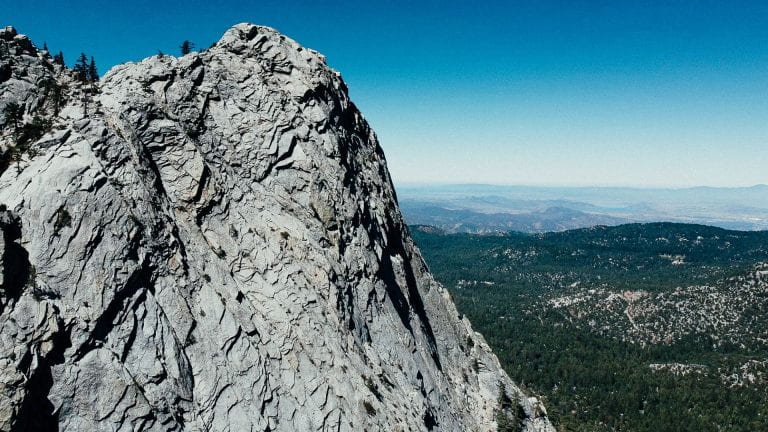
UCI study: California’s trees are dying, and might not be coming back
The State of California is banking on its forests to help reduce planet-warming carbon dioxide in the atmosphere. But that element of the state’s climate-change solution arsenal may be in jeopardy, as new research from the University of California, Irvine reports that trees in California’s mountain ranges and open spaces are dying from wildfires and other pressures – and fewer new trees are filling the void.
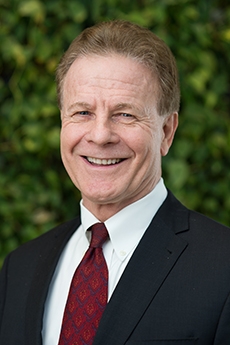
Latest discovery out of Lake Mead highlights unprecedented water levels amid megadrought
A World War II-era vessel recently surfaced amid the shrinking waters of Lake Mead, the latest example of the historically low water levels of the reservoir on the Arizona-Nevada border. The unprecedented decline stems from a prolonged megadrought in the…
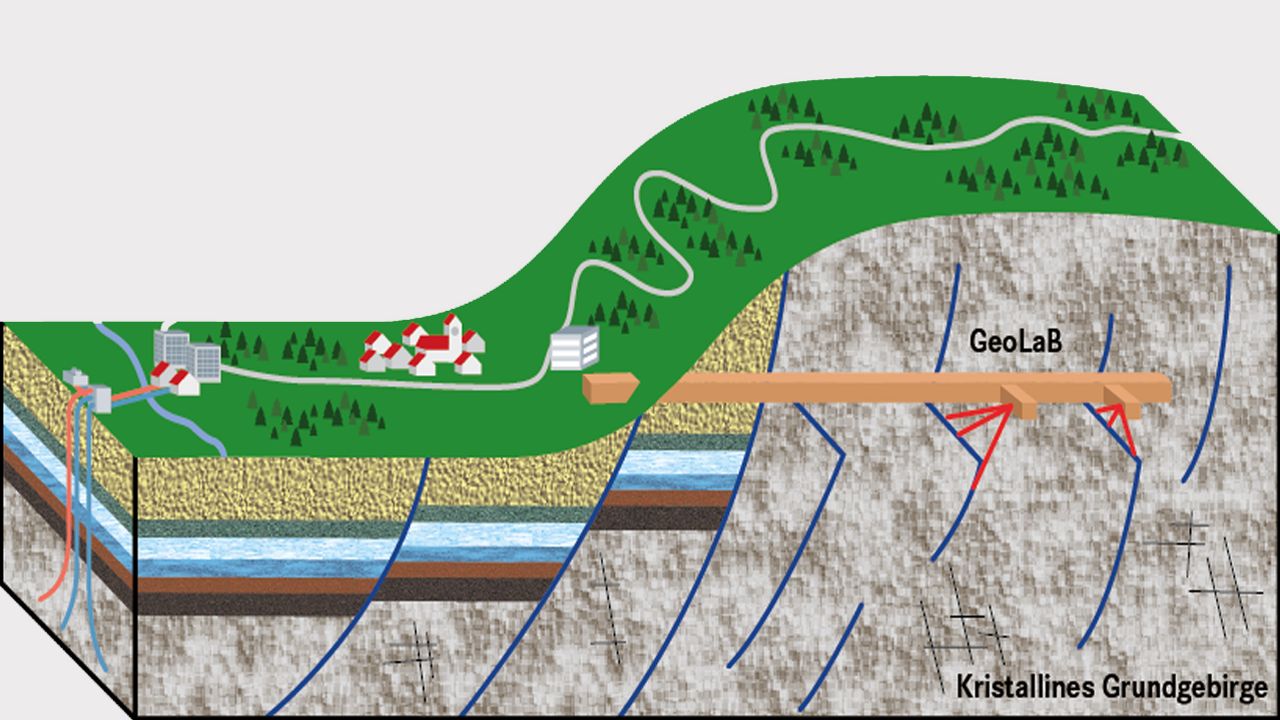
GeoLaB: Future with Geothermal Energy
Locally available, emission-free and baseload-capable: geothermal energy is an essential component of the energy transition. With GeoLaB, a new and unique underground research infrastructure, the Karlsruhe Institute of Technology (KIT), the German Research Centre for Geosciences (GFZ) and the Helmholtz Centre for Environmental Research (UFZ) are looking to expedite research and prepare the technology for broad application. The facility is to be built in the Black Forest or the Odenwald range, with the Helmholtz Association providing 35 million euros in funding.
Thin-film Photovoltaic Technology Combines Efficiency and Versatility
Stacking solar cells increases their efficiency. Working with partners in the EU-funded PERCISTAND project, researchers at the Karlsruhe Institute of Technology (KIT) have produced perovskite/CIS tandem solar cells with an efficiency of nearly 25 percent – the highest value achieved thus far with this technology. Moreover, this combination of materials is light and versatile, making it possible to envision the use of these tandem solar cells in vehicles, portable equipment, and devices that can be folded or rolled up. The researchers present their results in the journal ACS Energy Letters (DOI: 10.1021/acsenergylett.2c00707)
Study reveals how climate change can significantly impact one of the world’s most important carbon-rich ecosystems
Researchers from the University of Portsmouth say a ‘one size fits all’ approach to preserving mangrove forests will not work
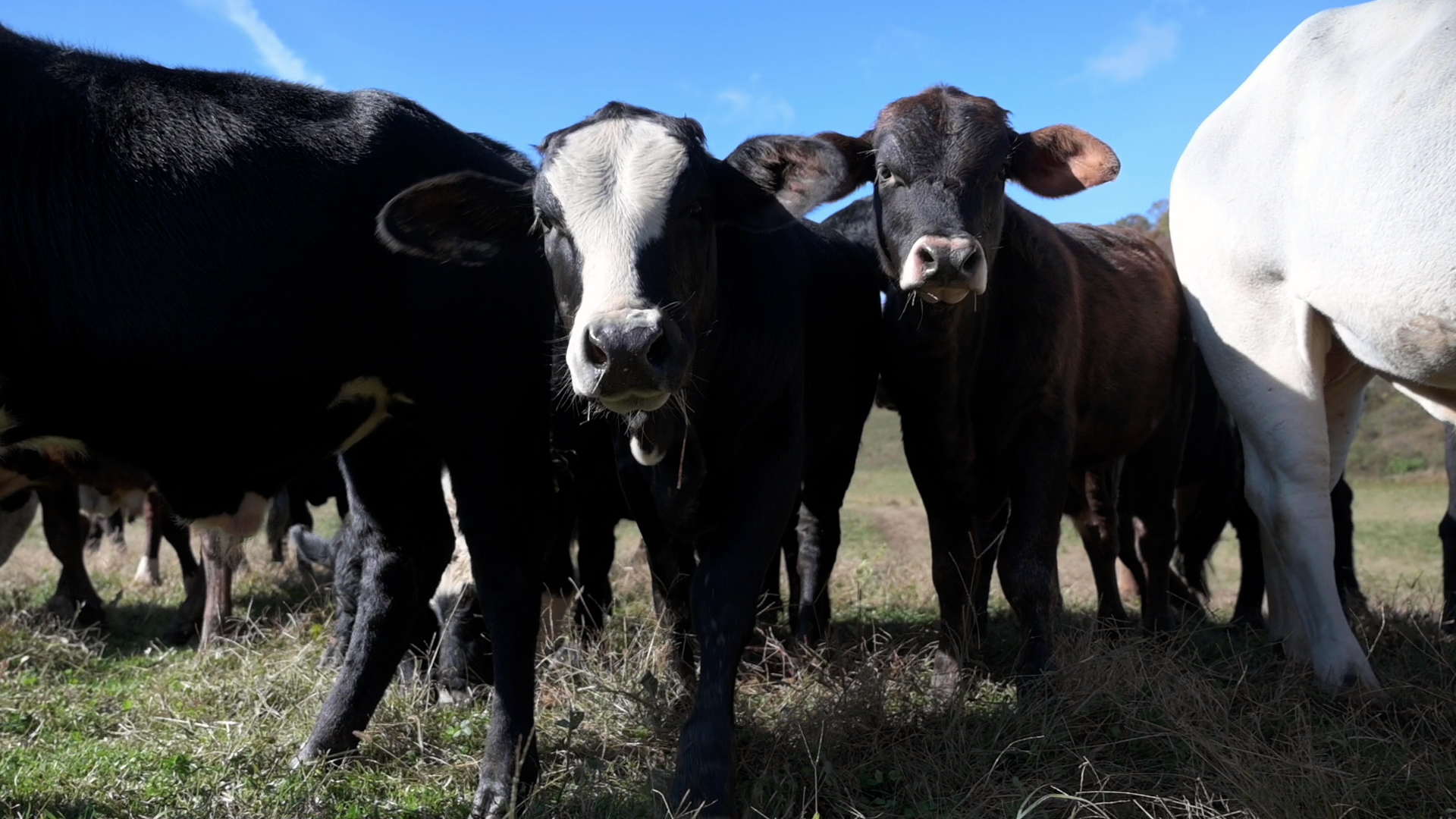
WVU Extension experts provide guidance for forage and livestock management after flooding
Flooding can be devastating on many levels. Two West Virginia University Extension officials say precautions should be taken so that livestock do not get ill by feeding on materials that have been contaminated by soil, bacteria and flood debris contained in floodwaters.
Bringing back native predators to tackle invasive species crisis
Restoring native predator populations could help to keep in check some of the most problematic invasive species around the world, suggests a new study led by Queen’s University Belfast and Cornell University.

Clouds played an important role in the history of climate
Were Earth’s oceans completely covered by ice during the Cryogenian period, about 700 million years ago, or was there an ice-free belt of open water around the equator where sponges and other forms of life could survive? Using global climate models, a team of researchers from Karlsruhe Institute of Technology (KIT) and the University of Vienna has shown that a climate allowing a waterbelt is unlikely and thus cannot reliably explain the survival of life during the Cryogenian. The reason is the uncertain impact of clouds on the epoch’s climate. The team has presented the results of its study in the journal Nature Geoscience (DOI: 10.1038/s41561-022-00950-1).
WHOI-led projects receive UN endorsement as part of Decade of Ocean Science
Four projects led or co-led by Woods Hole Oceanographic Institution (WHOI) scientists were named on World Ocean Day by the United Nations Educational, Scientific and Cultural Organization (UNESCO) to receive Endorsed Action status as part of the UN Decade of Ocean Science for Sustainable Development 2021-2030.
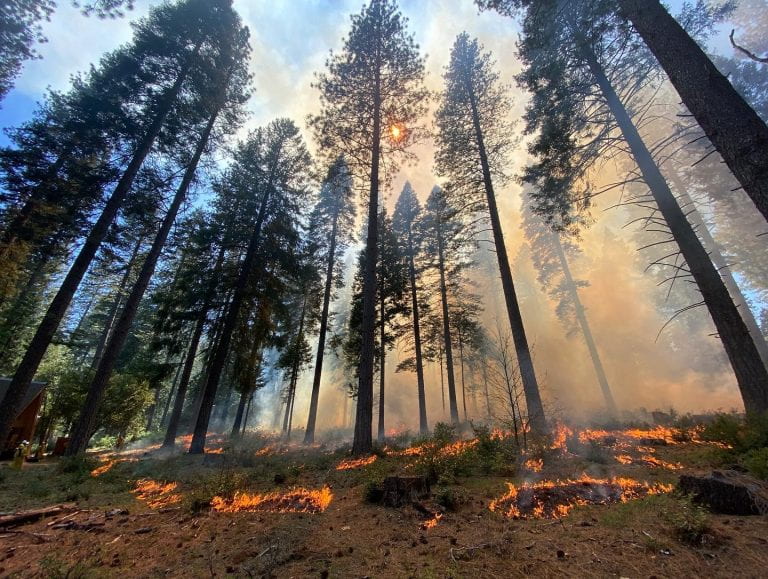
Human-triggered California wildfires more severe than natural blazes
Irvine, Calif., June 6, 2022 – Human-caused wildfires in California are more ferocious than blazes sparked by lightning, a team led by scientists from the University of California, Irvine reported recently in the journal Nature Communications. The research could help scientists better understand fire severity and how likely a blaze is to kill trees and inflict long-term damage on an ecosystem in its path.
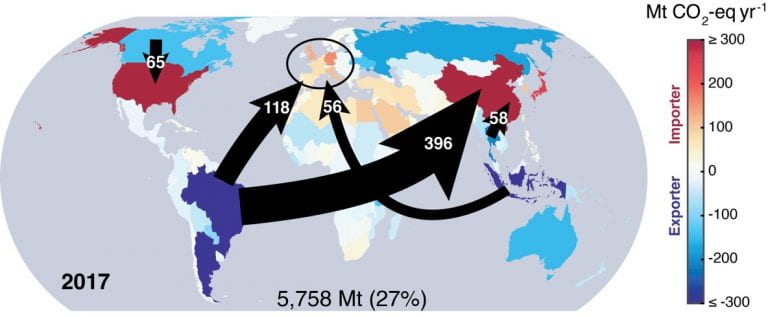
Emissions tied to the international trade of agricultural goods are rising
Irvine, Calif., May 6, 2022 – Earth system scientists at the University of California, Irvine and other institutions have drawn the clearest line yet connecting consumers of agricultural produce in wealthier countries in Asia, Europe and North America with a growth in greenhouse gas emissions in less-developed nations, mostly in the Southern Hemisphere.
‘Overdrawing the system’: Western water supply lags demand
With severe drought impacting the Western U.S. — including the Colorado River and its reservoirs — the federal government announced this week it is keeping more water in one of the river’s reservoirs, Lake Powell, instead of releasing it downstream…